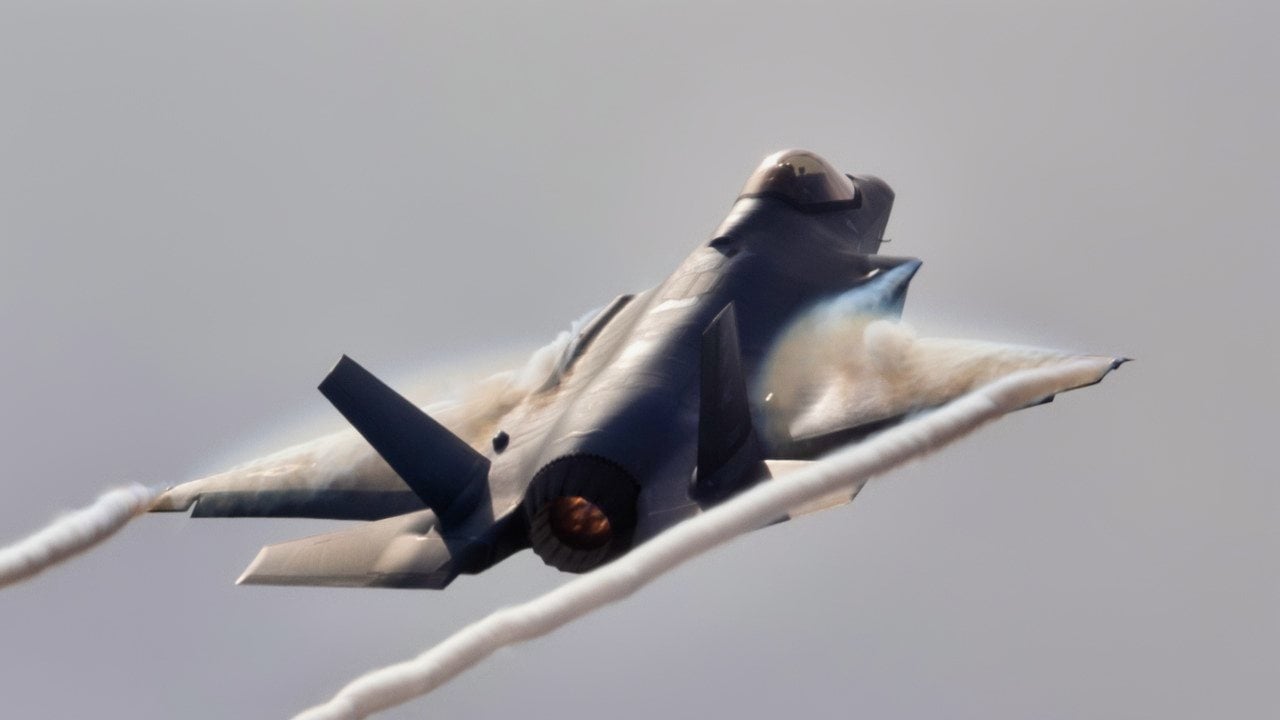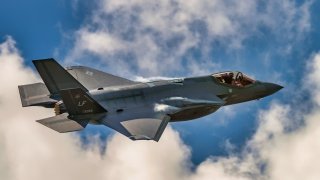F-35 Order Cut for the U.S. Military? That's What the White House Wants
The United States military may receive fewer of the advanced aircraft it may need to confront aggression from China and Russia, it was reported on Wednesday. The Biden administration has called for an 18% cut in the number of Lockheed Martin F-35 Lightning II stealth fighters next year.
Good News for Russia and China – Fewer F-35s Coming Next Year - The United States military may receive fewer of the advanced aircraft it may need to confront aggression from China and Russia, it was reported on Wednesday. The Biden administration has called for an 18% cut in the number of Lockheed Martin F-35 Lightning II stealth fighters next year.
First reported by Reuters, the decision is the result of Congress' cap on the size of the upcoming defense budget, which compelled the administration to find savings, two sources familiar with the situation said. The fifth-generation fighter is among the programs on the cutting block. The Department of Defense's (DoD's) order for the F-35 will drop to below 70, down from an expected 83 – an estimated $1.6 billion drop in spending on jets. The Pentagon had previously projected it would buy 83 F-35s from Lockheed Martin next year for $9.8 billion.
Lockheed Stocks Take a Dive
The drop in F-35 orders could impact aerospace giant Lockheed Martin, as it earns about a quarter of its revenue from the jet program. Lockheed shares fell 2.6% after the Pentagon's reduced buy was announced. The company said in a statement it would "look forward to working with the Biden administration and Congress" on the 2025 fiscal year budget in the months ahead.
International demand for the F-35 – which cost somewhere between $80 million to about $120 million depending on the variant – remains strong, as multiple NATO member nations and other U.S. allies and partners have sought to acquire the fifth-generation multirole fighter.
However, it was last month that Lockheed Martin also announced it would cut 1% of its jobs over the course of the year in a bid to cut costs and streamline operations.
Production Will Level Off
Even with the Pentagon cutting orders, it isn't all doom and gloom for Lockheed Martin – as Air & Space Forces magazine reported on Thursday that the company expects production will remain at about 156 aircraft per year through 2028, based on U.S. military services plans and the expected international market.

As noted, even as the Pentagon may acquire fewer F-35s next year, other allies are seeing the value of the advanced stealth fighter. Fewer jets heading to the U.S. fleet will simply mean those partners could receive their aircraft sooner.
According to prime contractor Lockheed Martin, by the mid-2030s, more than 600 F-35s will be stationed on the European continent across NATO member bases and Switzerland. NATO members in the F-35 program of record already include Belgium, Canada, Denmark, Finland, Germany, Italy, the Netherlands, Norway, Poland, the United States and the United Kingdom.

The Joint Air Power Competence Centre (JAPCC) has described the fighter as being the backbone of next-generation NATO operations.
The fifth-generation multirole stealth fighter is now in service with militaries around the world, and it has been tested in combat. Not a single aircraft has been lost to date in combat.
Author Experience and Expertise: Peter Suciu
Peter Suciu is a Michigan-based writer. He has contributed to more than four dozen magazines, newspapers, and websites with over 3,200 published pieces over a twenty-year career in journalism. He regularly writes about military hardware, firearms history, cybersecurity, politics, and international affairs. Peter is also a Contributing Writer for Forbes and Clearance Jobs. You can follow him on Twitter: @PeterSuciu. You can email the author: [email protected].
Image Credit: Shutterstock.


